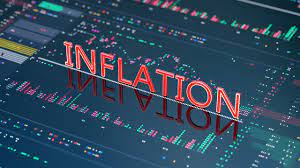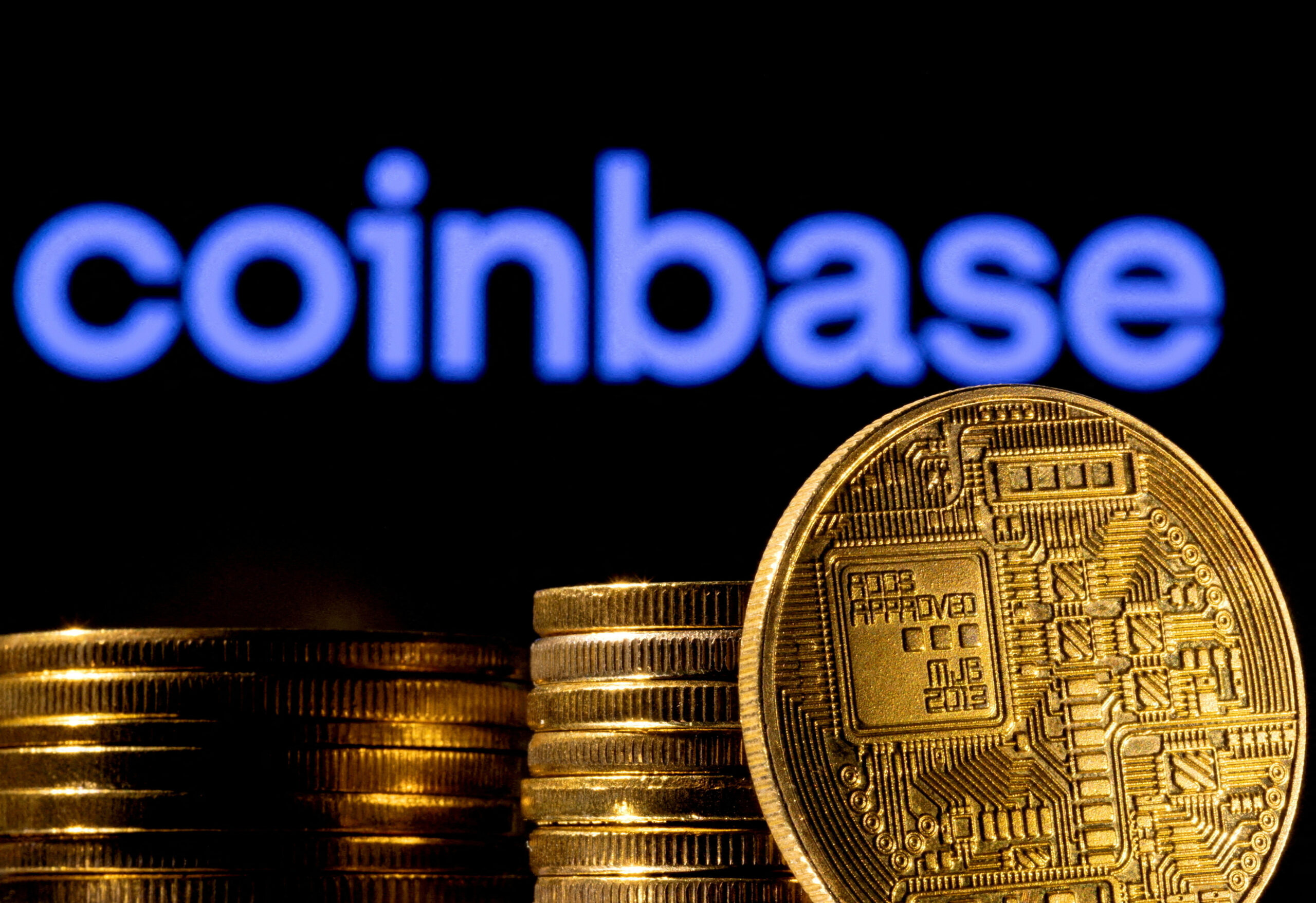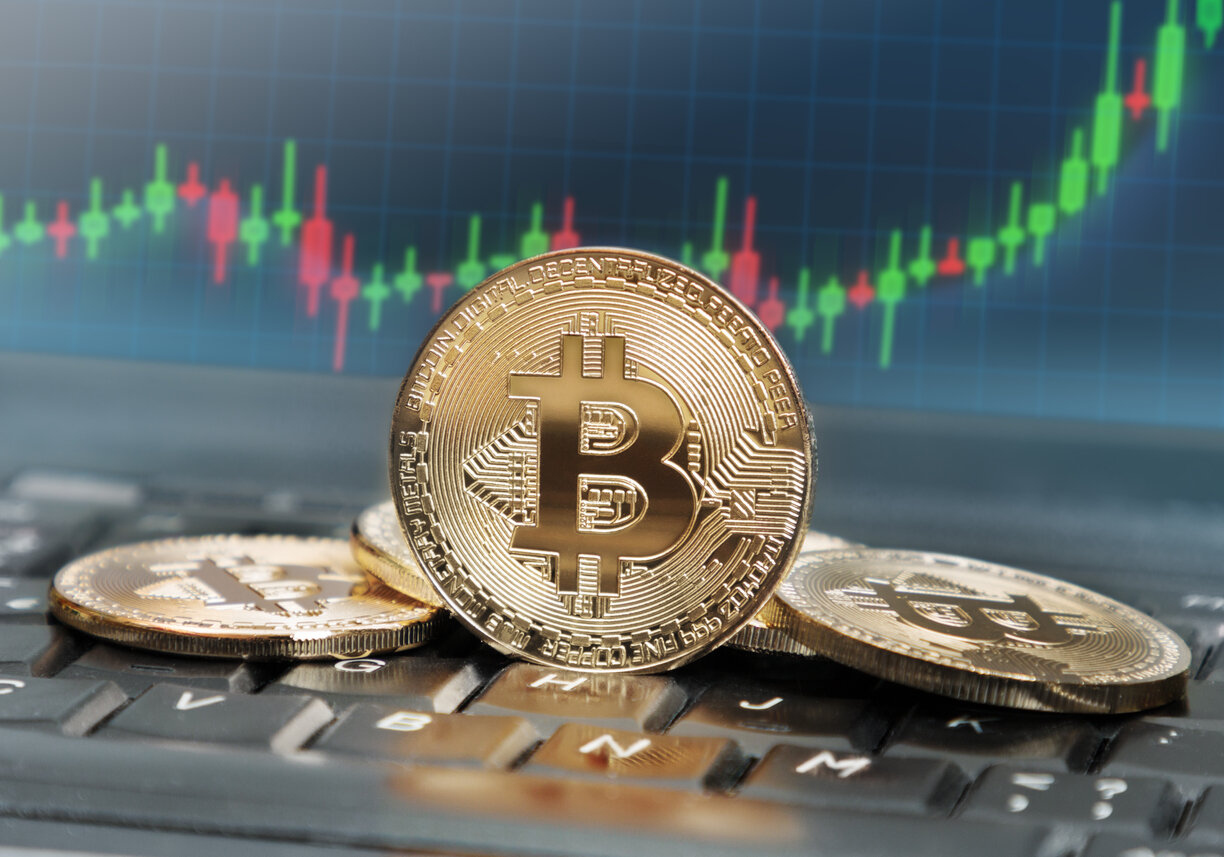An economic indicator that the Federal Reserve uses as a measure of inflation rose less than expected in August, showing that the central bank’s fight against rising prices is making progress.
The personal consumption expenditures price index, which excludes food and energy, rose 0.1% in the month, less than the 0.2% rise expected in the Dow Jones consensus of economists, the Commerce Department said on Friday. Regarding 12 months, the annual growth of the core part was 3.9%, which is in line with the forecast.
This was the smallest monthly increase since November 2020.
With a modest increase in inflation, consumption in current dollars grew by 0.4%. That was down sharply from 0.9 percent in July. In real terms, costs increased by only 0.1 percent and in July by 0.6 percent.
Including food and energy, PCE rose 0.4% month-over-month and 3.5% year-over-year. Overall inflation has increased in recent months from 3.2 percent in June.
Although it is one of several inputs used by the Federal Reserve to measure inflation, it considers the PCE index as particularly valuable because it explains changes in consumer behavior, such as the substitution of cheaper products for more expensive ones. In this way, it provides a better overview of the cost of living than the more widely observed consumer price index, which measures costs without compensation.
Core PCE was the first annual reading below 4 percent in nearly two years, down from 4.3 percent in July.
“The overall direction of the PCE report will please the Fed, but it would be premature to declare victory in controlling inflation,” said Quincy Krosby, chief strategist at LPL Financial.
Inflation for the month was largely influenced by energy costs, which sped up by 6.1% according to Friday’s reading. Food prices rose by 0.2%. On a year-over-year basis, energy decreased by 3.6%, while food increased by 3.1%.
The Fed targets 2 percent inflation as a sign of healthy economic growth. Core PCE was last at this level in February 2021.
The central bank has been raising interest rates aggressively since March 2022, although it has skipped the September meeting as it weighs the impact of a dozen hikes, totaling 5.25 percentage points. Markets largely expect the Fed to be ready to raise interest rates, although officials showed at a meeting last week that another quarter-point increase was likely before the end of the year.
After the meeting, several Fed officials said they expected interest rates to remain high for an extended period.
But market-based odds of future rates fell after the report.
Investors now only give a 15% chance of a November rally; that’s down from 27.5 percent a week ago, according to market price tracker CME Group. The probability of a December profit fell to around 31%, down from 42% a week ago.





